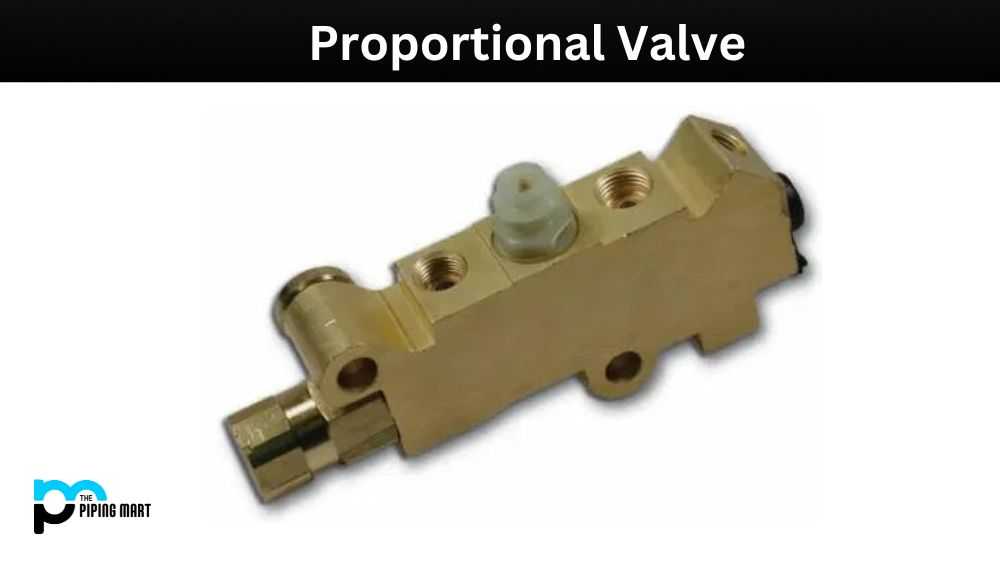Valves are essential to any piping system, regulating the flow of liquids, gases, and other materials. Two types of valves commonly used are the electric ball and gate valves. While both valves perform similar functions, they differ in design, operation, and use. If you are working on a piping system and wondering which valve to use, read on to discover the differences between an electric ball valve and a gate valve.
What is Electric Ball Valve?
An electric ball valve is a device that controls the flow of liquids or gases. It consists of a motorized actuator that opens and closes the flow as needed using a spherical closure element powered by electricity. When the valve is opened, liquid or gas passes through; when closed, it prevents further passage. This type of valve offers reliable performance and precise control over the fluid flow rate.
What is Gate Valve?
A Gate Valve, also known as a Sluice Valve, is a type of valve that controls the flow of liquids and gases. It consists of an open rectangular or circular port surrounded by a frame fitted with two discs or wedges that can be moved in opposite directions using an external lever. When the discs are in line with the port, it allows for unrestricted flow; when they are perpendicular to it, however, they act as a barrier and block off the flow entirely.
Difference Between Electric Ball Valve and Gate Valve
Design differences
An electric ball valve has a ball-shaped disc with a hole in the centre that rotates inside a seat to regulate the media flow. The ball is controlled by an electric actuator, which can be commanded remotely to open or close based on the flow requirements. On the other hand, a gate valve has a flat or wedge-shaped disc that slides across the flow path to regulate the media flow. A handwheel or lever moves the gate, and the flow can be shut off by fully closing the gate.
Operation differences
An electric ball valve is operated electronically, meaning it is controlled remotely using a switch, a PLC, or a computer. The electric actuator that controls the ball can be positioned in various ways, including open, closed, or any position within its range. The valve can also be modulated to control the flow of media precisely. On the other hand, a gate valve is operated manually, meaning it is controlled using a handwheel or a lever. The gate can be fully opened or closed but cannot be modulated like an electric ball valve.
Size and flow rate differences
Electric ball valves are commonly used on smaller pipes with relatively low flow rates. The size of an electric ball valve usually ranges from 1/4″ to 6″. However, higher pressures and temperatures may reduce the maximum size of the valve. On the other hand, gate valves are commonly used on larger pipes, where the flow rate is relatively high. The size of a gate valve usually ranges from 2″ to 48″. However, the valve size and material requirements will depend on the operating conditions and specifications of the piping system.
Applications differences
Electric ball valves are commonly used in applications requiring precise flow regulation, such as in chemical plants, water treatment facilities, and food processing plants. They are also used in areas where automated control is required, such as HVAC, irrigation, and pneumatic systems. Gate valves are commonly used in applications where the flow rate must be shut off or allowed to pass through entirely, such as in pipelines, water distribution systems, and fire protection systems.
Cost differences
Electric ball valves are usually more expensive than gate valves. The cost of an electric ball valve is determined by its size, design, and material, as well as the cost of the electric actuator used to operate it. In contrast, gate valves are less expensive and offer a more cost-effective solution for applications without precise control.
Conclusion:
In conclusion, electric ball valves and gate valves are two types of valves that differ in design, operation, size, application, and cost. When choosing a valve for your application, consider factors such as the flow rate, operating pressure and temperature, automation requirements, and budget. Electric ball valves are suitable for applications that require precise flow control, while gate valves are ideal for applications that need to entirely turn on or shut off the flow. Consult with a valve expert to make an informed choice and ensure the optimum performance of your piping system.

Abhishek is a seasoned blogger and industry expert, sharing his insights and knowledge on various topics. With his research, Abhishek offers valuable insights and tips for professionals and enthusiasts. Follow him for expert advice on the latest trends and developments in the metal industry.




